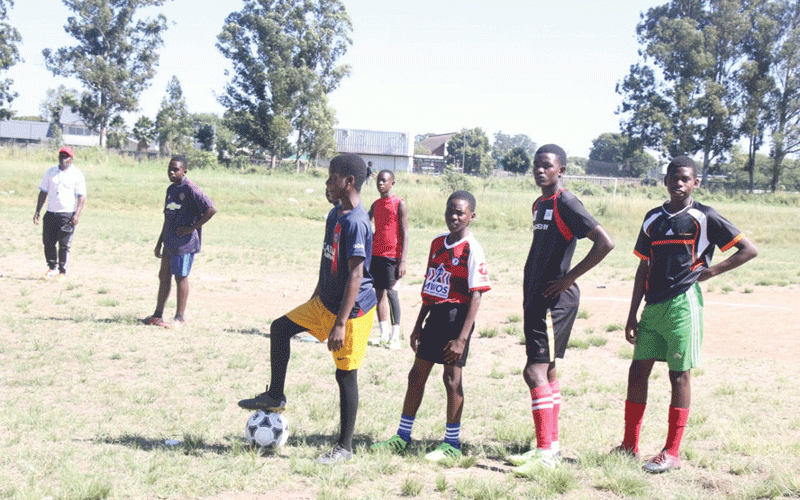
BY TIM MIDDLETON
THE 1977 film entitled ‘The Gauntlet’ starring Clint Eastwood was described by the film critic Roger Ebert as “classic Clint Eastwood: fast, furious, and funny. It tells a cheerfully preposterous story with great energy and a lot of style” as well as a lot of laughs, with the final scene showing the injured Eastwood unforgettably opening his eyes to his lady friend’s grieving loudly his apparent death to mutter, “Nag, nag, nag!” Eastwood played the part of an alcoholic policemen who had to escort a dubious state witness across the country, facing relentless attempts on their lives, from the gangsters as well as various corrupt sections of the police force, each seeking to prevent her from providing her testimony in court.
Their car is bombed, the house fired upon, their bodies shot at and ultimately their hastily-armoured bus is shot at by hundreds of policemen from both sides of the road as it approached the city hall. Miraculously they escape death and bring about justice. They certainly had to run a serious gauntlet!
We may well know that a gauntlet was the metal glove that knights of old wore in war or jousting as part of his armour and if a knight wished to challenge a fellow knight he would throw his gauntlet down on the ground by his opponent, who, if he wished to accept the challenge, would then pick up the gauntlet. It was their way of saying, “Game on!”
Later in history, such challenges would become more formalised into duels. It is pointed out that a duel was not considered a brawl. It was in fact to be “a controlled battle between gentlemen of honour” with rules being drawn up to ensure this happened and that the honour and dignity of those participating were upheld. Duelling “to the death” was not promoted as duels were there for the participant to gain “satisfaction”, through restoring honour even to the extent of risking life for it. Interestingly, over time, duelling became almost like a sport for young, bored noblemen. Indeed, sometimes the challenges were based on trivial claims and petty insults aimed at provoking the opponent into taking up the challenge. It deteriorated further with the belief that the winner of the duel was not simply a better fighter but a better person.
In some ways, throwing down the gauntlet and challenging to a duel are the forerunners of much of what we consider sport today. Some adults, when playing golf, are not simply satisfied with the prospect of competing in the main competition but will arrange bets with the other players in the group, as a form of a challenge, of throwing down a gauntlet. They need the extra challenge, as did the bored noblemen of old. However, many of the points noted in the previous paragraph apply to how sport is viewed today or, in some cases, how it should be viewed today.
The team that wins does not necessarily contain the better people. Stirring up the opponents with insults or claims does not present the sport or the schools in a good light. School sport, indeed all sport, is not life or death but should be there primarily for the satisfaction of those taking part. It should be played in such a way that the children at school playing their sport uphold their honour and dignity. Sport does offer a unique and powerful challenge and opportunity for children who need to be prepared to pick up the gauntlet and accept the challenges that are brought their way. Children must learn about challenges through practical experience. Game on!
In literal terms, the words “Game on” are music to the ears of many children who love their sport; those words are saying the long-awaited and much-anticipated match is on – the weather conditions are favourable, the transport is arranged, the fitness is established. This has been even more apparent during these covid months whereby children have been denied the opportunity to play sporting fixtures – how they long to hear those words, “Game on!” We must get games back on the agenda and the calendar; let us bring it on for them! However, “Game on” means more than that.
- Chamisa under fire over US$120K donation
- Mavhunga puts DeMbare into Chibuku quarterfinals
- Pension funds bet on Cabora Bassa oilfields
- Councils defy govt fire tender directive
Keep Reading
Our children’s sport should be similarly “fast, furious and funny” as they face the gauntlet “with great energy and a lot of style” and accept the challenges in sport that will bear them in good stead for those challenges that will follow in life. Let us throw down the gauntlet at the feet of our children (and coaches) and challenge them to take sport seriously, honourably and with dignity. Game on!










